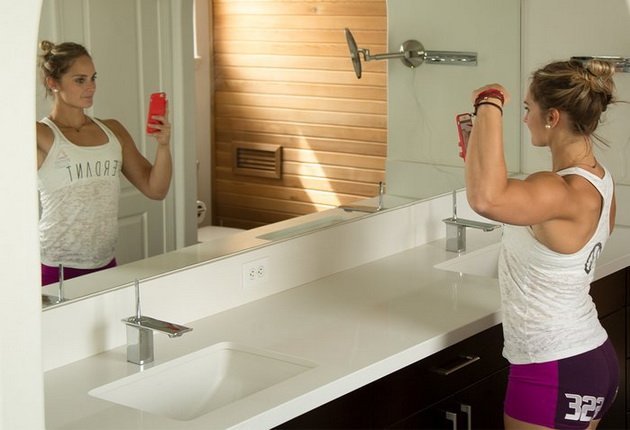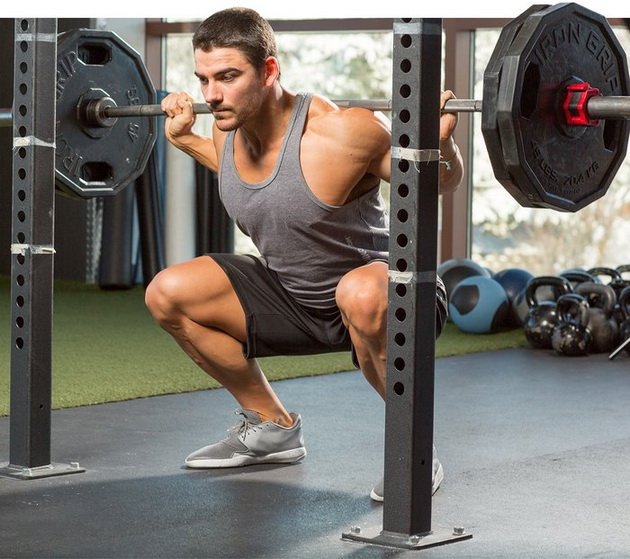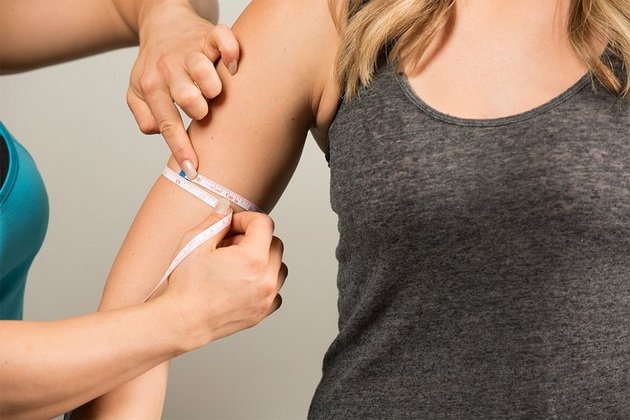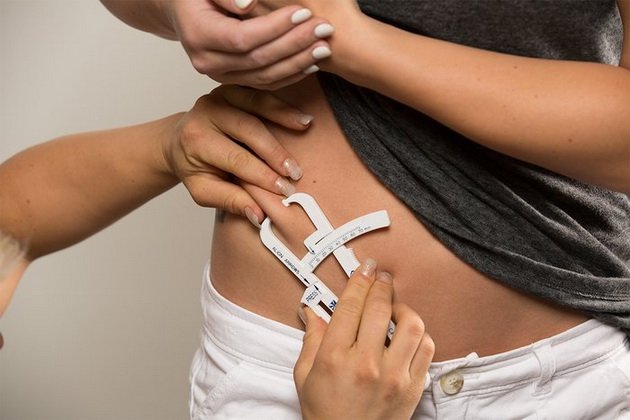
5 ways to measure your weight loss without using a scale
When weight loss is at stake, the numbers on the scales can be deceiving. Add precision to your fitness journey with these 5 tips from the pros.
Many people consider the arrow of the scale to be the ultimate truth and during weight loss rely entirely on the numbers that it shows. In the morning, they get up on the scales, peer at the numbers, and then track their daily, weekly and monthly progress, assessing the dynamics and rate of change of these numbers.
Of course, it is important to know exactly where you started, but relying solely on the arrow of the scale would be a mistake. Since the degree of fluid retention in the body varies widely, not to mention the change in lean body mass, the figure on the scale does not reflect the whole picture. Instead of focusing on one metric, take a holistic approach and measure your progress using these five methods.
1. Take photos
At the initial stage, when you are far from ideal or frankly fat, the photos can be frustrating, but it is extremely important to remember where you started. It is easy to measure success with a scale, but it can be misleading because it does not take into account fluid retention, lean mass gain, and body composition. You judge your progress by numbers alone. And since you see yourself in the mirror every day, it is almost impossible to notice external changes.

The photos give you some much needed time cuts and allow you to take a step back to gauge the results you’ve achieved over the course of a few weeks. When you start your fitness journey, take a photo of yourself from the front, side and back, and every 3-5 weeks take the next series of photos.
If you need precision, don’t pull in or protrude your belly. Just stand up straight in a relaxed state and take a photo under the same conditions to accurately reflect the visual changes achieved over the past time. This means that it is desirable to wear the same clothes, take a photo at the same time of day, and use similar angles and lighting.
2. Test your strength performance
Instead of relying solely on numbers that go down, try an upward trend – in the form of working weights, of course. At the beginning of the journey, take some time to test your strength potential. How much weight do you do in the bench press and bent over deadlift ? How much weight can you squat with ? Having received a rough idea of your real strength capabilities, you will know what achievable numbers you should strive for.

You can also set intermediate goals that help you stay on course. With apps like BodySpace, it’s easy to keep track of how many reps and sets you’re doing with a given weight. By monitoring your results, you can make sure you are moving in the right direction. Bonus: if you hit a wall, look back and see where you started; this will help to find the motivation necessary to force the next leap in strength development.
3. Use a measuring tape
Decreasing the numbers on the scale may seem like an indicator of progress, but not all weight loss comes from fat. To understand if you are getting thinner, it is better to use a centimeter tape. You should record centimeters of girth in the following parts of the body: hips, pelvis, abdomen, chest, biceps and shoulders.

Measuring body circumference helps develop a proportional body and provides additional food for thought. The distribution of excess subcutaneous fat can be a risk factor for the development of complications associated with obesity, including diabetes mellitus, stroke, or heart disease. A study by the Journal of European Medicine showed that abdominal circumference, as well as the ratio of abdominal girth to pelvic girth, directly correlates with the risk of developing cardiovascular disease. An increase in this proportion above 0.85 for women and 0.90 for men indicates an increased risk.
4. Measure your body fat percentage
A little pinch can tell you a lot about weight loss success. Measuring the thickness of a fold of skin gives an idea of the percentage of body fat based on the amount of adipose tissue stored in the subcutaneous tissue. While the margin of error can be up to 6 percent, using the same measurement methodology with an assessment of dynamics – rather than a precise figure out of context – will help you track your progress in fat loss.

5. Try on old clothes
If you live a sporty lifestyle but feel like you’re hitting an invisible wall, try on old clothes to see the big picture again. You may not have lost 50 kilos in a year, but if you are drowning in old “thick jeans”, this is a great success!
Reimagining the concept of progress, expanding horizons beyond dry numbers, will help you stay on the course that leads to success, even when the scales are swinging in the wrong direction.
